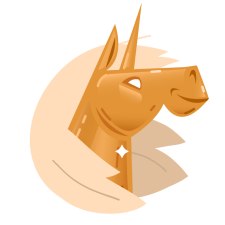Install Steam
login
|
language
简体中文 (Simplified Chinese)
繁體中文 (Traditional Chinese)
日本語 (Japanese)
한국어 (Korean)
ไทย (Thai)
Български (Bulgarian)
Čeština (Czech)
Dansk (Danish)
Deutsch (German)
Español - España (Spanish - Spain)
Español - Latinoamérica (Spanish - Latin America)
Ελληνικά (Greek)
Français (French)
Italiano (Italian)
Bahasa Indonesia (Indonesian)
Magyar (Hungarian)
Nederlands (Dutch)
Norsk (Norwegian)
Polski (Polish)
Português (Portuguese - Portugal)
Português - Brasil (Portuguese - Brazil)
Română (Romanian)
Русский (Russian)
Suomi (Finnish)
Svenska (Swedish)
Türkçe (Turkish)
Tiếng Việt (Vietnamese)
Українська (Ukrainian)
Report a translation problem














The easiest way is to make an Item of the Switch type, pick a switch for it to activate on use. And then have a common event that activates when that same switch is ON. Just remember to turn the Switch OFF at the end of the event or it will just keep looping though.
I really appreciate you replying so quickly on an old(ish) guide and giving understandable guides for me. Once again, thank you
Then make a Common Event in the database that is triggered when that switch is ON.
In that event, tint the screen with the same command, then add a "Wait" command for X seconds, and after it is concluded, tint the screen back and turn the Switch OFF (or it will repeat).
As for the picture. When you make your snowfall, you make it like a sprite sheet for a battle animation where each picture is part of the same file but next to each other (or on top of, your choice) as long as the dimensions are the same for the pictures you can use the spritesheet function of the "Show Picture" command to assign how many pictures it should be and how fast it should loop.